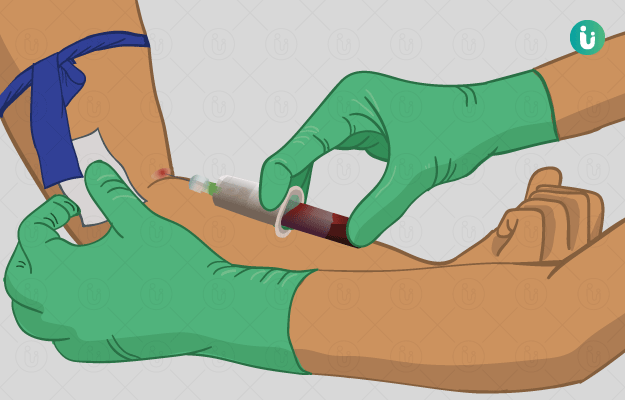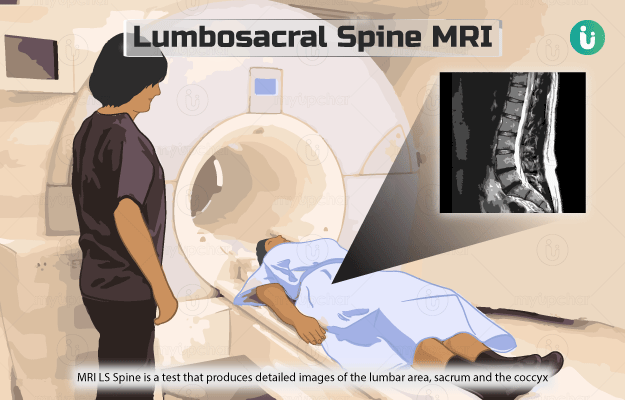What is Operation Theatre (OT) swab aerobic culture test?
The OT swab culture test is done to check for and identify aerobic bacteria on different equipment and surfaces in an operation theatre. It is mainly done to determine if the OT is free from harmful microbes and thus clean enough for use. Aerobic bacteria are those that need oxygen to grow, so they can grow on any unclean and exposed surface.
Surgical procedures require a specific level of sterility that needs to be maintained in the OT. If the OT is contaminated in any way, it significantly increases the risk of surgical site infections in a patient. Nearly 30% of people who visit any medical facility in India acquire nosocomial infections (infections acquired in the hospital), as compared to the 5% in western counties. Also, nosocomial infections are often caused due to microbial contamination of the OT.
Commonly, infections that occur after surgery can be caused by bacteria such as Staphylococcus, Streptococcus or Pseudomonas. These germs can transmit through contaminated surgical instruments or through the air in OTs.






























